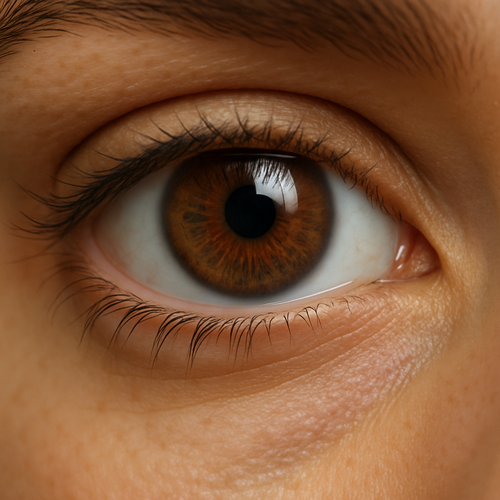Korean researchers have developed an AI that can determine attention deficit hyperactivity disorder (ADHD) by looking at photos of the fundus of the retina.
The research team led by Chun Geun-Ah, Professor Choi Hang-Nyeong of Pediatric Psychiatry at a retired hospital, and Professor Park Yoo-Rang of the Medical School Life Systems Information Research Class at Yonsei University, said the accuracy of AI in ADHD reached 96.9% after seeing photos of the retinal base.
Attention deficit hyperactivity disorder (ADHD) is a neurodevelopmental disorder found in 5-8% of school-age children. Attention deficit, impulsivity, and hyperactivity are major symptoms, with delayed diagnosis and treatment affecting academic, social relationships and emotional development.
Because ADHD diagnosis is conducted through interviews and questionnaire assessments, it is more likely that examiner subjectivity will intervene. The boundaries between normal behavior and symptoms are unknown, and it is not easy to diagnose so quickly that the diagnosis is inconsistent.
The research team has developed an AI that allows for objective and rapid screening of ADHD by looking at photos of the retinal fundus. This AI development used 1,108 retinal fundus photographs, four learning algorithm models, and Autolph pipeline technology. Automov Pipeline is a research tool that morphologically analyzes retinal blood vessels.
The predictive performance is excellent, with the area below the receiver operating characteristic curve (AUROC) value being the graph value comparing sensitivity (true positive rate) with specificity (false positive rate) and up to 0.969 (accuracy 96.9%). The closer to 1, the better the performance.
Shapley Additive Description (SHAP) analysis explained how predictive results from AI models emerged and derived important retinal functions related to ADHD. Typical symptoms were increased vascular density, decreased arterial vessel width, and altered structure of the optic disc.
Furthermore, AI measured the accuracy of predicting the extent of visually selective attentional damage by looking at photos of the retinal fundus in patients with ADHD. Visual selective attention is the ability to focus on a particular area, and ADHD patients are less capable. The AI accuracy reached 87.3%.
Professor Cheon Geun-Ah confirmed that “the study not only predicts the likelihood that retinal fundus photographs will be used as important biomarkers for ADHD diagnosis, but also predicts defects in executive functioning, such as visual selective attention.”
This study was conducted with the support of the Korean Information and Information Association.



